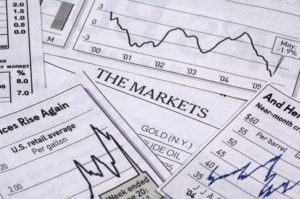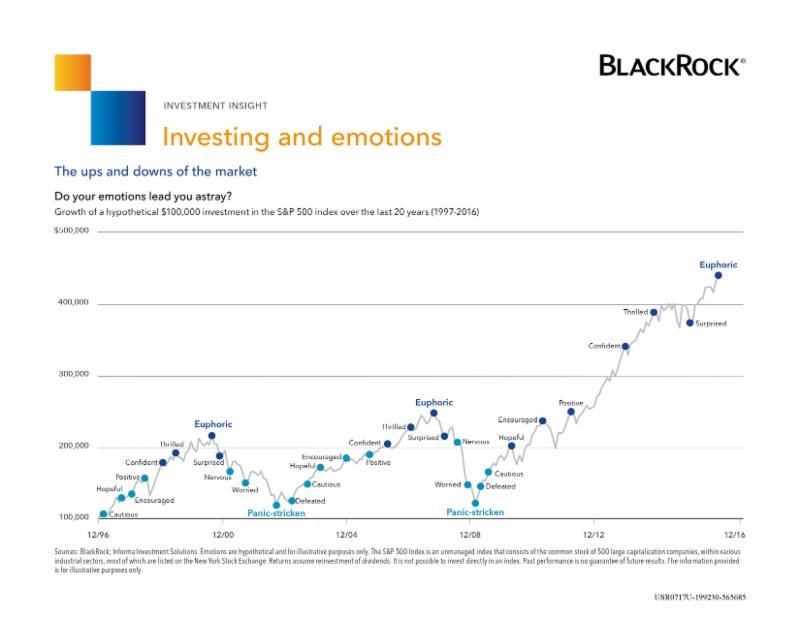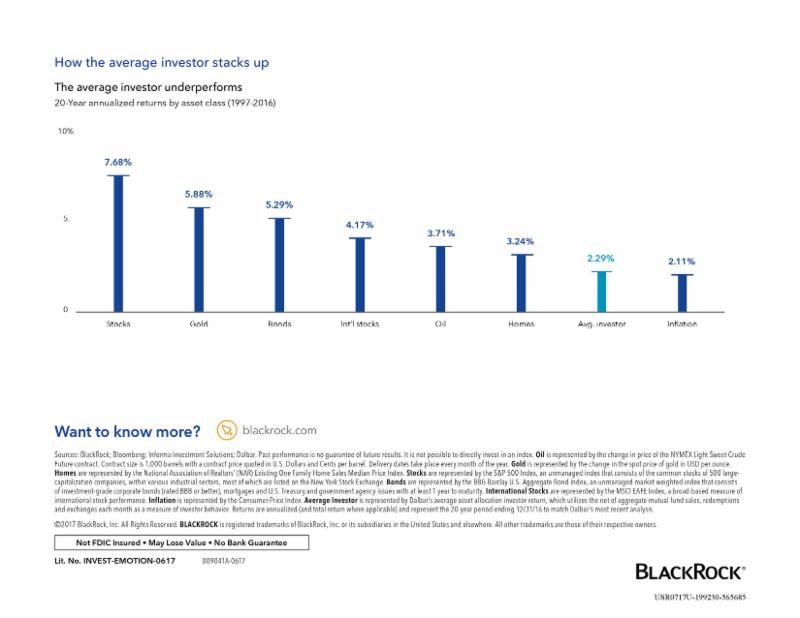Sustainable, responsible, and impact (SRI) investing (also called socially responsible investing) has been around for a long time, but growing interest has moved it into the mainstream. U.S. SRI assets reached $12 trillion in 2018, 38% more than in 2016. SRI investments now account for about one-fourth of all professionally managed U.S. assets.1
Surveys suggest that many people want their investment dollars to have a positive impact on society.2 Of course, personal values are subjective, and investors may have very different beliefs and priorities.
But there is also a wider recognition that some harmful business practices can affect a corporation’s bottom line and its longer-term prospects. In some instances, good corporate citizenship may boost a company’s public image and help create value, whereas shortsighted actions taken to cut costs could cause more expensive damage in the future.
Data-driven decisions
Services that provide research and ratings for investment analysis may also verify and publish environmental, social, and governance (ESG) data associated with publicly traded companies. Money managers who use SRI strategies often integrate ESG factors with traditional financial analysis. Some examples of ESG issues include environmental practices, employee relations, human rights, product safety and utility, and respect for human rights.
For example, an SRI approach might include companies with positive ESG ratings while screening out companies that raise red flags by creating a high level of carbon emissions, engaging in questionable employment practices, investing in countries with poor human rights records, or profiting from certain products or services (e.g., tobacco, alcohol, gambling, weapons).
Some investors may not want to avoid entire industries. As an alternative, they could use ESG data to compare how businesses in the same industry have adapted to meet social and environmental challenges, and to gain some insight into which companies may be exposed to risks or have a competitive advantage.
Investment vehicles
Many SRI mutual funds and exchange-traded funds (ETFs) are broad based and diversified, some are actively managed, and others track a particular index with its own universe of SRI stocks.
Specialty funds, however, may focus on a narrower theme such as clean energy; they can be more volatile and carry additional risks that may not be suitable for all investors. It’s important to keep in mind that different SRI funds may focus on very different ESG criteria, and there is no guarantee that an SRI fund will achieve its objectives.
The number of mutual funds and ETFs incorporating ESG factors has grown rapidly from 323 in 2012 to 705 in 2018.3 As the universe of SRI investments continues to expand, so does the opportunity to build a portfolio that aligns with your personal values as well as your asset allocation, risk tolerance, and time horizon.
As with all stock investments, the return and principal value of SRI stocks and investment funds fluctuate with changes in market conditions. Shares, when sold, may be worth more or less than their original cost. Asset allocation and diversification do not guarantee a profit or protect against investment loss.
Investment funds are sold by prospectus. Please consider the investment objectives, risks, charges, and expenses carefully before investing. The prospectus, which contains this and other information about the investment company, can be obtained from your financial professional. Be sure to read the prospectus carefully before deciding whether to invest.
1-3US SIF Foundation, 2018





